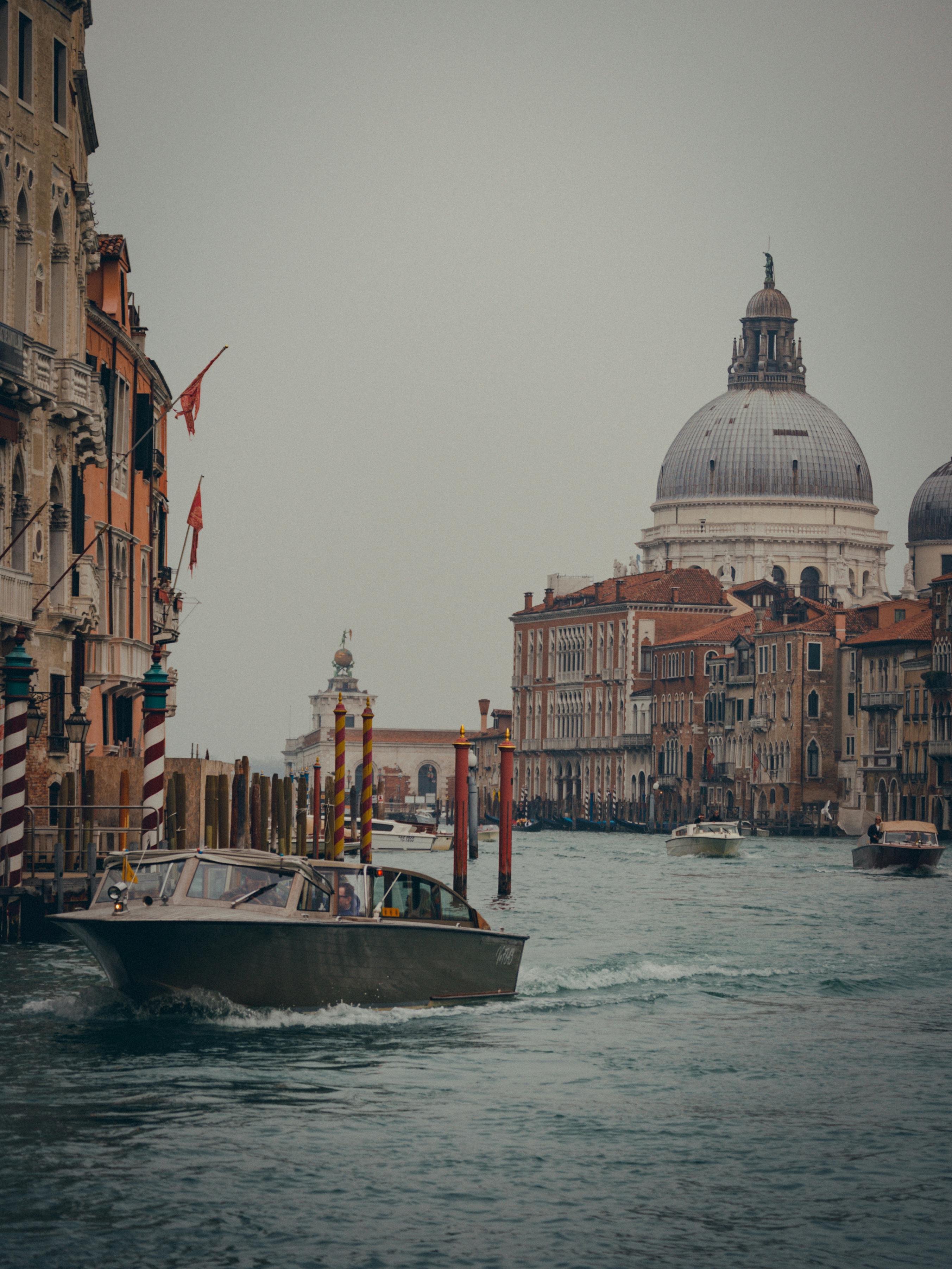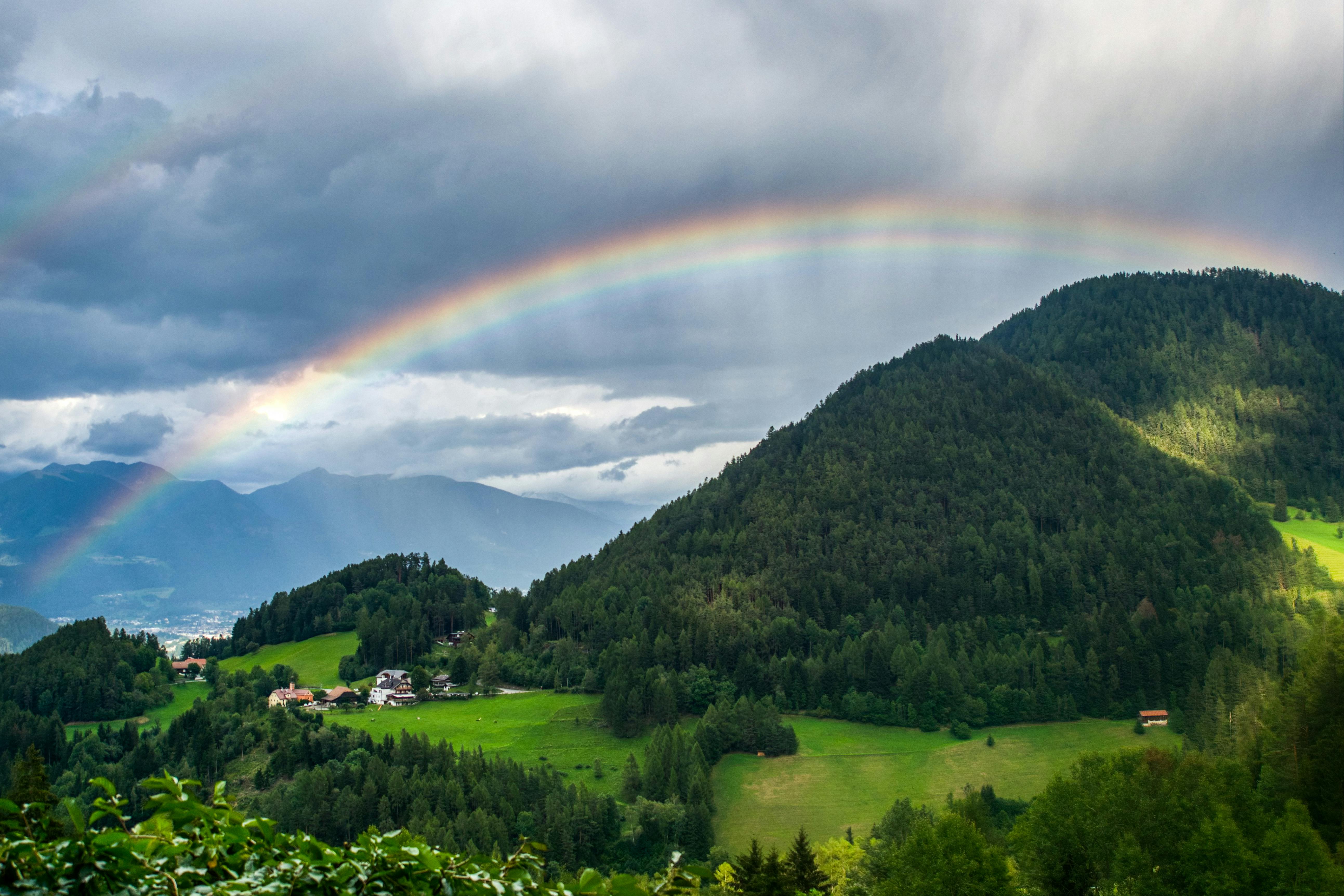In the wine-soaked hills of Italy, an intriguing historical connection between medieval monasteries and winemaking unfolds. Through their cultivation of vineyards and development of winemaking techniques, these monasteries played a pivotal role in shaping the vibrant wine culture that we know today. With an unwavering commitment to quality, as well as their meticulous attention to detail, these religious institutions not only fostered the production of exceptional wines but also paved the way for innovation in the industry. Discover the fascinating ways in which the medieval monasteries left an indelible mark on Italian winemaking practices, forever etching their legacy in each glass of vino.
Monastic Leadership in Winemaking
The role of the monastic leadership in expanding winemaking in Italy
The medieval monasteries in Italy played a crucial role in the expansion and advancement of winemaking in the region. The monastic leadership, consisting of abbots and monks, were not only religious figures but also influential figures in the field of agriculture and viticulture. They recognized the potential of winemaking as an economic opportunity and took steps to develop and expand vineyards and wineries.
The influence of monastic leaders in introducing new winemaking techniques
Monastic leaders were instrumental in introducing new winemaking techniques that revolutionized the industry. Through their dedication to experimenting and innovating, they discovered new methods that enhanced the quality and flavor of wines. They experimented with different fermentation processes, aging techniques, and blending methods, ultimately leading to significant improvements in winemaking.
The establishment of vineyards and wineries by monastic leaders
Monastic leaders were proactive in establishing vineyards and wineries within their abbey grounds. They recognized the potential of their vast lands for cultivating grapevines and producing wine. With their expertise in viticulture, they carefully selected suitable locations and planted grape varietals that thrived in the specific microclimates of the region. Monastic leaders devoted considerable resources to developing and maintaining these vineyards, creating a strong foundation for the future success of Italian winemaking.
Preservation of Viticultural Knowledge
The monasteries’ dedication to preserving and transmitting viticultural knowledge
One of the most significant contributions of medieval monasteries to winemaking in Italy was their unwavering dedication to preserving and transmitting viticultural knowledge. Monastic leaders recognized the importance of documenting and passing down their expertise, ensuring that future generations would benefit from their accumulated wisdom. They meticulously recorded their winemaking techniques, grape varieties, and cultivation practices in manuscripts and kept them safe within the walls of their monastic libraries.
The role of monastic libraries in safeguarding viticultural manuscripts
Monastic libraries served as safe havens for viticultural manuscripts, protecting and preserving these valuable texts throughout the centuries. Monks diligently copied and transcribed ancient texts, ensuring that the knowledge contained within them would not be lost to time. These manuscripts served as a valuable resource for winemakers, as they contained a wealth of information on various aspects of winemaking, including grape selection, vineyard management, and wine production.
The use of monastic vineyards as experimental grounds for testing and improving winemaking techniques
Monastic vineyards served as experimental grounds for testing and improving winemaking techniques. Monastic leaders encouraged a culture of innovation and were not afraid to experiment with different approaches to winemaking. They used their vineyards to test new grape varietals, cultivation methods, and fermentation techniques. This hands-on approach allowed them to refine their techniques and develop new practices that ultimately elevated the quality of Italian wines.

Monastic Winemaking Techniques
The development of innovative winemaking techniques by medieval monasteries
Medieval monasteries were at the forefront of developing innovative winemaking techniques. Through trial and error, monastic winemakers discovered new methods that enhanced the quality, flavor, and longevity of wines. They were among the first to implement controlled fermentation, which reduced spoilage and improved consistency. Monastic winemakers also experimented with different aging processes, such as the use of oak barrels, to impart unique flavors and aromas to the wines.
The introduction of grape varietals and cultivation methods by monastic winemakers
Monastic winemakers played a pivotal role in introducing new grape varietals and cultivation methods to Italy. They recognized the importance of selecting grape varietals that were well-suited to the local climate and soil conditions. Monastic leaders traveled extensively, exchanging ideas and acquiring new grapevine cuttings from various regions. They introduced these varietals to their vineyards, diversifying the range of wines produced in Italy.
The incorporation of religious rituals and practices into winemaking processes
Religion played a prominent role in the lives of medieval monks, and they sought to incorporate their religious practices into all aspects of their daily lives, including winemaking. Monastic winemakers infused their craft with religious rituals and practices, viewing winemaking as an act of devotion. They carried out ceremonial blessings during the grape harvest and utilized prayers and chants throughout each stage of the winemaking process, creating a harmonious fusion of the spiritual and the practical.
Monasteries as Winemaking Centers
The economic significance of winemaking for monasteries
Winemaking held great economic significance for the monasteries. It provided a reliable and sustainable source of income that supported the maintenance of the monastic communities. The sale of wines allowed the monasteries to fund their charitable activities, maintain their buildings and lands, and support the education of the monks.
The establishment of monasteries as major wine producers and distributors
As the expertise of monastic winemakers grew, so did the reputation of the monasteries as major wine producers and distributors. Their wines gained recognition for their exceptional quality, and demand for them increased both within Italy and beyond its borders. Monasteries established well-organized distribution channels, ensuring that their wines reached a wide market.
The impact of monastic winemaking on local economies and trade
Monastic winemaking had a profound impact on local economies and trade. The establishment of vineyards and wineries brought employment opportunities to the surrounding communities, stimulating economic growth. Monastic wines became highly sought-after commodities, attracting visitors to the regions where they were produced. This influx of trade and tourism further bolstered the local economies, creating a positive ripple effect.

Monastic Influence on Wine Culture
The promotion of responsible and moderate wine consumption by monastic orders
Monastic orders played a crucial role in promoting responsible and moderate wine consumption. Wine was considered a sacred beverage, and monastic leaders emphasized the importance of consuming it in moderation and with reverence. They actively discouraged excessive drinking and encouraged a mindful approach to wine consumption, creating a culture of moderation that continues to influence wine drinking habits to this day.
The cultivation of wine appreciation and tasting as part of monastic rituals
Monastic rituals often involved the cultivation of wine appreciation and tasting as integral components. Monks were taught to recognize the complexities of wine, appreciate its flavors and aromas, and understand the harmony between wine and food. Tastings and discussions about wine were incorporated into the monastic routine, fostering a deep understanding and appreciation for the art of winemaking.
The influence of monastic wine culture on broader Italian society
The wine culture fostered within monastic communities had a far-reaching impact on broader Italian society. As monastic wines gained popularity, wine consumption became more integrated into everyday Italian life. The monastic emphasis on quality, craftsmanship, and responsible consumption set a high standard for Italian winemakers and consumers, shaping the wine culture of the nation.
Monastic Vineyard Management
The development of advanced vineyard management techniques by monasteries
Monasteries played a pivotal role in the development of advanced vineyard management techniques. Through their careful observation and experimentation, monastic leaders discovered innovative methods to optimize vineyard conditions. They employed practices such as proper irrigation, terracing, and canopy management to maximize grape quality and yield.
The use of irrigation and terracing to optimize vineyard conditions
Monastic winemakers understood the crucial role of irrigation in the health and productivity of grapevines. They developed sophisticated irrigation systems that efficiently supplied water to the vineyards, ensuring the vines thrived even in dry conditions. Additionally, monks recognized the benefits of terracing steep slopes, minimizing erosion and maximizing sun exposure for the grapes, leading to optimal ripening.
The introduction of crop rotation and soil improvement practices
Monastic leaders recognized the importance of maintaining soil fertility for sustainable vineyard management. They implemented crop rotation techniques, alternating the cultivation of grapevines with other crops to alleviate soil nutrient depletion. Monastic winemakers also introduced practices such as composting and cover cropping, enriching the soil with organic matter and promoting a healthy and balanced vineyard ecosystem.

Monastic Wine Cellars and Aging
The construction and design of monastic wine cellars
Monastic wine cellars were meticulously constructed and designed to provide optimal conditions for the aging and storage of wines. These cellars were often located below ground, taking advantage of the natural insulation provided by the earth. Monks paid careful attention to temperature and humidity control, ensuring wines matured and developed their desirable characteristics.
The implementation of aging processes to improve wine quality
Monastic winemakers recognized the value of aging wines to improve their quality. They implemented aging processes that allowed wines to develop complexity, depth, and nuance over time. The use of oak barrels for aging proved particularly influential, as the barrels imparted flavors and aromas that elevated the overall profile of the wines.
The use of oak barrels for aging and flavor enhancement
Monastic winemakers were pioneers in the use of oak barrels for aging and flavor enhancement. They recognized that oak imparted desirable flavors such as vanilla, spice, and toastiness to the wines. The use of oak barrels allowed for controlled oxygen exposure, further contributing to the development of the wines’ character and enhancing their overall quality.
Monastic Influence on Grape Varietals
The cultivation and propagation of specific grape varietals by monastic orders
Monastic orders played a significant role in the cultivation and propagation of specific grape varietals. They actively sought out and collected unique grapevine cuttings from different regions, carefully selecting those that exhibited desirable characteristics. Monastic winemakers then propagated these varietals within their vineyards, preserving and promoting their cultivation throughout Italy.
The preservation of ancient and rare grape varietals by monasteries
Monasteries played a crucial role in the preservation of ancient and rare grape varietals. Through their dedicated efforts, these varietals were safeguarded from extinction, ensuring their survival for future generations. Monastic winemakers recognized the cultural and historical significance of these grapes, preserving their authentic flavors and maintaining a link to Italy’s winemaking heritage.
The crossbreeding and development of new grape varietals by monastic winemakers
Monastic winemakers were not only custodians of ancient varietals but also innovators in grapevine cultivation. Through intentional crossbreeding and selective grape breeding, they developed new grape varietals that adapted well to the Italian terroir. Their experiments with cross-pollination resulted in the creation of unique grape varieties that contributed to the diversity and richness of Italian wines.
Monastic Wine Trade and Exports
The establishment of trade routes and networks by monastic orders for wine distribution
Monastic orders played a crucial role in establishing trade routes and networks for the distribution of their wines. They built relationships with merchants, traders, and even other monastic communities, creating a robust distribution system that spanned regions and countries. These trade routes allowed monastic wines to reach distant markets, expanding their reach and influence.
The emergence of monastic-anchored wine fairs and markets
Monastic orders were at the forefront of organizing wine fairs and markets, drawing traders and customers from far and wide. These events became essential hubs for wine trade and commerce, attracting both locals and foreigners. Monastics showcased their wines, allowing visitors to taste and purchase their offerings, further solidifying the reputation of monastic wines as exceptional products.
The exportation of monastic wines to other regions of Europe
Monastic winemakers in Italy established themselves as exporters, sending their wines to other regions of Europe. The quality and unique characteristics of monastic wines made them highly sought after in distant markets. The exportation of these wines not only brought economic prosperity to the monasteries and the regions they belonged to but also contributed to the spread of Italian winemaking techniques and traditions throughout the continent.
Historical Legacy of Monastic Winemaking
The enduring legacy of monastic winemaking traditions in Italy
The legacy of monastic winemaking in Italy endures to this day. The techniques, practices, and values instilled by medieval monasteries continue to shape the Italian wine industry. The pursuit of excellence, the emphasis on tradition, and the commitment to responsible and mindful wine production resonate with winemakers across the country. The enduring legacy of monastic winemaking serves as a reminder of their significant contributions to the world of wine.
The preservation of medieval wine archives by modern winemakers and researchers
Modern winemakers and researchers recognize the value of medieval wine archives and actively work to preserve them. These archives provide a wealth of historical knowledge, allowing contemporary winemakers to delve into the ancient techniques and practices developed by their monastic predecessors. By studying these records, researchers gain insights into the roots of Italian winemaking, inspiring new approaches and contributing to the continued evolution of the industry.
The influence of monastic winemaking on modern Italian wine production
The influence of monastic winemaking on modern Italian wine production cannot be overstated. The teachings and practices of the medieval monasteries have shaped the way winemakers approach their craft today. The emphasis on sustainable viticulture, the use of traditional techniques alongside modern advancements, and the appreciation for regional terroir all stem from the foundations laid by monastic winemakers. Modern Italian wines continue to embody the storied heritage and passion that originated in the monastic cellars of centuries past.

Franco Deville, an esteemed wine connoisseur and author, is the visionary behind “Wines of Madeira.” His extensive background in viticulture and wine tasting enriches his detailed guide on Madeira wines. Franco’s dedication to traditional winemaking and innovative approaches has established him as an influential voice in the wine community.

